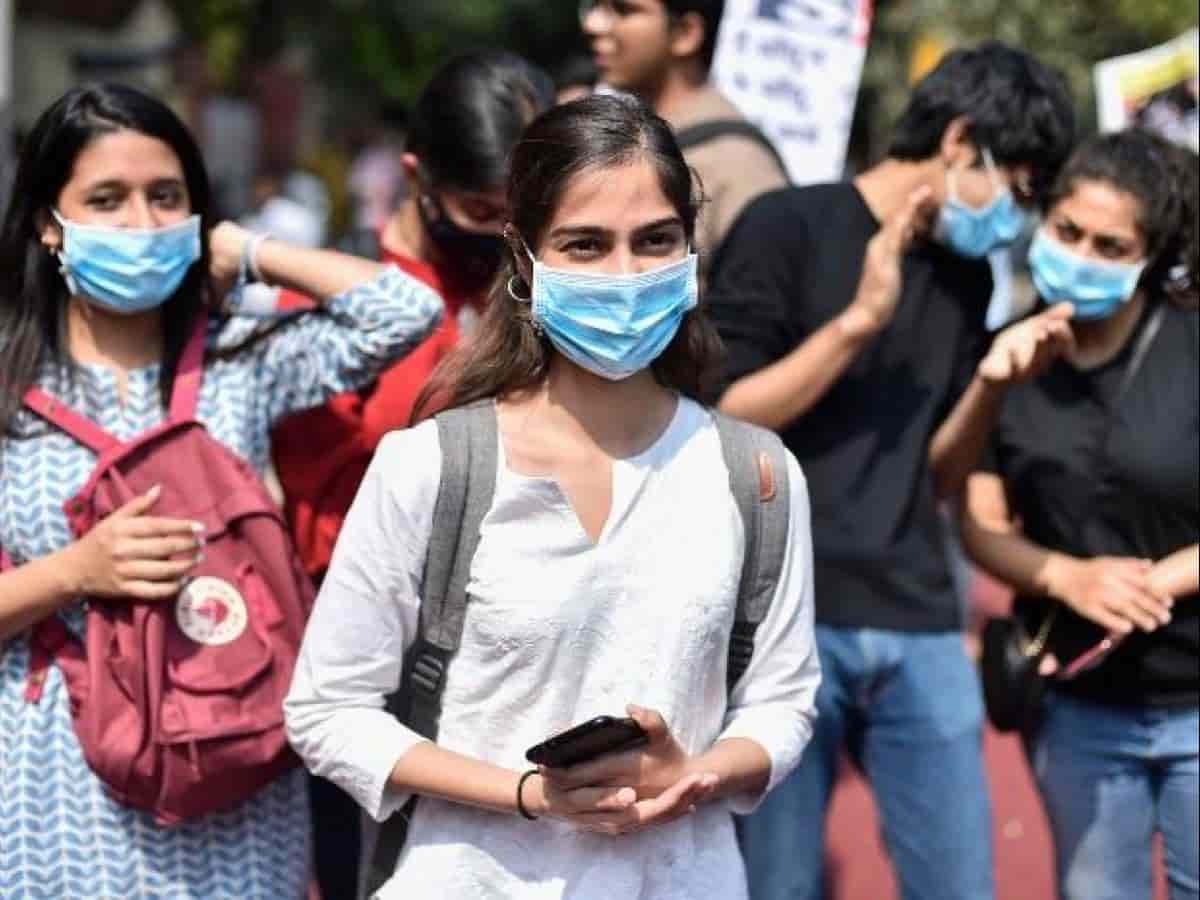Summers are coming: Will it kill Corona Virus?

There are rumours of heat killing the coronavirus: Know what experts have to say?
The maximum temperature in several parts of India has reached 30 degree Celsius and soon it will reach 40 degree Celsius in the northern regions in the upcoming two weeks. There have been rumours of heat killing the virus, so will heat kill the COVID-19 virus is a question that needs to be answered.
What experts say?
World Health Organization: The WHO has said that from the “evidence so far, the COVID-19 virus can be transmitted in all areas including hot and humid areas.”
ICMR: Indian Council of Medical Research director-general Balram Bhargava has said that there is no relationship of virus with the temperature.
AIIMS: All India Institute of Medical Science Director Randeep Guleria, a member of high-level technical committee to guide strategies against the spread of COVID-19, spoke to a newspaper about it. He said that the virus will probably not survive for a long duration in the outdoor environment if the temperature is more than 40 degree Celsius. However, he stressed on two points- we are still having outbreaks in tropical environments and we spend most our time inside which is air-conditioned. Therefore, summer may help in curbing the spread outside but possibly not indoors.
What research says?
A team of researchers at University of Maryland School of Medicine used weather modelling data to come up with a result that COVID-19 is likely to follow a seasonal pattern. The team led by Dr Mohd Sajadi observed a significant community spread along an east-west distribution approximately between latitudes 30 degrees North and 50 degrees North at similar patterns. Notably, the temperature is mainly between 5 to 11 degree Celsius and humidity is between 47 to 90 per cent.
Read more: Are pregnant women at higher risk of COVID 19, what experts say?
These areas include Japan, Iran, Wuhan, South Korea, Northern Italy, Seattle, and Northern California. The research paper predicts that community spread is likely to reach north of the areas which are currently at risk, using 2019 temperature data for March and April. These include Central Asia, Manchuria, Eastern and Central Europe, the Caucuses, Northeastern and Midwestern US, British Columbia and British Isles.
The research says that it would be difficult to make a long term prediction at this stage. It is tempting to expect novel coronavirus to diminish considerably in affected areas in the coming months. The deadly virus can prevail at low levels in tropical regions and begin to rise again in late fall and winter in temperate regions. Another possibility is that the virus might not sustain itself in the summer in tropics and Southern Hemisphere and disappear.
Have a news story, an interesting write-up or simply a suggestion? Write to us at info@oneworldnews.com







